Testimony/Bearing Witness
Published by Rowman & Littlefield
Unit A, Whitacre Mews, 2634 Stannary Street, London SE11 4AB
www.rowmaninternational.com
Rowman & Littlefield International Ltd. is an affiliate of Rowman & Littlefield
4501 Forbes Boulevard, Suite 200, Lanham, Maryland 20706, USA
With additional offices in Boulder, New York, Toronto (Canada), and Plymouth (UK)
www.rowman.com
Selection and editorial matter Sybille Krmer and Sigrid Weigel 2017
Copyright in individual chapters is held by the respective chapter authors.
All rights reserved. No part of this book may be reproduced in any form or by any electronic or mechanical means, including information storage and retrieval systems, without written permission from the publisher, except by a reviewer who may quote passages in a review.
British Library Cataloguing in Publication Data
A catalogue record for this book is available from the British Library
ISBN:HB 978-1-7834-8975-6
Library of Congress Cataloging-in-Publication Data Is Available
ISBN 978-1-78348-975-6 (cloth: alk. paper)
ISBN 978-1-78348-977-0 (electronic)
 The paper used in this publication meets the minimum requirements of American National Standard for Information Sciences Permanence of Paper for Printed Library Materials, ANSI/NISO Z39.481992.
The paper used in this publication meets the minimum requirements of American National Standard for Information Sciences Permanence of Paper for Printed Library Materials, ANSI/NISO Z39.481992.
Printed in the United States of America
Acknowledgements
The present book is the outcome of a research project on Testimony: Examination of a Controversial Concept by the Exchange of Systematic and Cultural-Historic Perspectives made possible by funding from the Deutsche Forschungsgemeinschaft (German Research Foundation) for three years. The general idea of the project was to respond to the relevance of testimonies for the current political culture by initiating a dialogue between the generally speaking systematic approach of philosophy on the one hand and the multifaceted body of scholarship on certain phenomena of testimony/bearing witness in different cultural-historical constellations on the other. This aim required an interdisciplinary research group. In addition to the two principle investigators and editors of this volume, Sybille Krmer (philosophy) and Sigrid Weigel (literary study and cultural research), the team comprised Aurlia Kalisky (literary studies), Heike Schlie (art history), Sibylle Schmidt (philosophy) and Matthias Dumer (medieval studies). The teams vivid discussions as well as several workshops with experts from different fields have provided the foundations to conceptualize this book.
The majority of the chapters were presented and discussed at a symposium that took place in January 2015 in Berlin. We appreciate enormously the way in which the scholars we invited to this cross-disciplinary encounter not only responded with enthusiasm to the challenge at stake but also were willing to rework their arguments for this publication against the backdrop of the vivid discussions in Berlin. Furthermore, we are grateful for the support with getting the book in print. Our thanks go to Charlton Payne for his support in translation, to Friederike Allner, who took care of the formal editing of the manuscript, and to Michael Watson from Rowman & Littlefield for his patience and advice.
Introduction
Converging the Yet-Separate Theoretical Discourses of Testimony Studies
SybilleKrmer andSigridWeigel
Studies on testimony/bearing witness are in high demand. Not many other social phenomena have been treated in such multifaceted ways in a variety of disciplines. Since the 1980s, discourse and research on the theory and history of testimony/bearing witness have consolidated under the rubric of testimony studies and made a name for itself as an independent field. With the question concerning The Future of Testimony, first formulated in 2003 and repeated a decade later (Cubili and Good 2003; Kilby and Rowland 2014), a type of historicization of this debate was already introduced, while the growing number of archives, centres and compendia indicated a canonization and institutionalization.
The variety of this field ranges from research on trauma and memory to the fields of history and legal studies to political and juridical debates about testimony in the context of international and national courts and truth commissions. It includes theological, religious and cultural historical discussions as well as considerations of testimony in art and image studies. In philosophical epistemology, as well as in the history of science, scholars have reflected critically on testimony as an individual or social source of knowledge, while post-structuralist philosophy has been concerned with the topos of the unsayability of bearing witness and the deconstruction of a concept of truth that strives for objectivity. Scholars have asked in which way eyewitness testimony will get transformed in the age of global mass media and in the technical pictures of television, video and the Internet. And there are numerous studies on the artistic processing of testimony in literature, the visual arts, film and theatre. The diverse and disparate concepts of testimony have set into motion research on the historiographical role of witnesses and constellations of testimony in the legal and scientific practices of previous epochs.
Research on culture and philosophy, jurisprudence and history, media studies and the scholarly study of literature, film, visual arts and theatre: they all engage with aspects of testimony in both historical and systematic perspectives and have yielded a plethora of different, often disparate, approaches. At the same time, by pulling the rug out from under the conventional concept of testimony, the twentieth century not only brought forth a Crisis of Witnessing (Felman and Laub 1992) but also heralded the beginning of a new Era of Testimony (Felman in Ibid., 5) or LEre du tmoin (Wieviorka 1998, Felman 1990). The present book does not aim to add yet one more edited volume to the plethora of publications already in existence. Rather, we are concerned with a specific constellation, namely the previously parallel existence of epistemological and cultural approaches that in our view should take note of and could profit from one another. Despite the lack of clarity of this terrain, there is a fundamental consensus: the respective roles played by concepts of testimony/bearing witness cannot be determined outside of a testimony constellation that encompasses the triad of witness, testimony and addressee and is furthermore embedded in specific cultural-historical situations and traditions. There is not the testimony or the witness, for testimony/bearing witness is a relational concept. It is not a single person, nor a single speech act, but an intersubjective situation in a historically specific social world that is condensed in the act of testifying. It requires an auditorium that trusts the witness and constitutes his speech as true speech, as testimony, in the first place. This social constellation of testifying constitutes something like the smallest common denominator in recent testimony debates. And yet a division, even a radical polarity, in how this constellation of testifying is conceived, is striking: the majority of contributions tend to orient themselves towards one of two directions, as if the field were divided so that discursive lineages orient themselves on opposite poles and like the lines of force of magnetic fields do not in the process intersect.

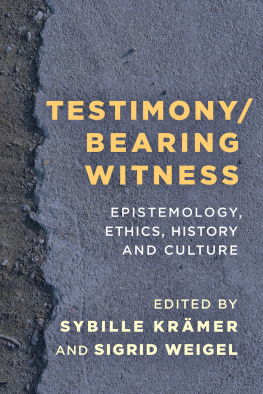

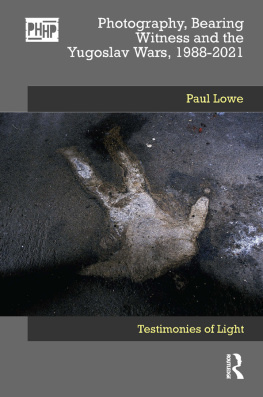
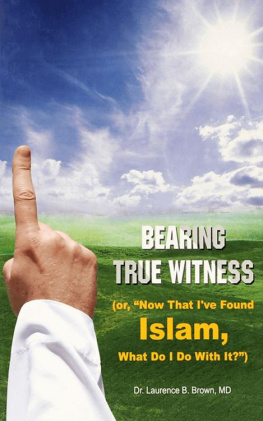

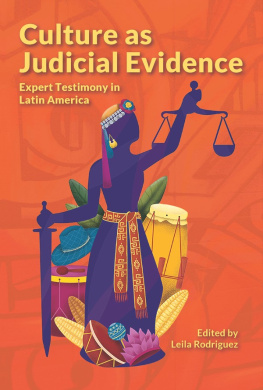
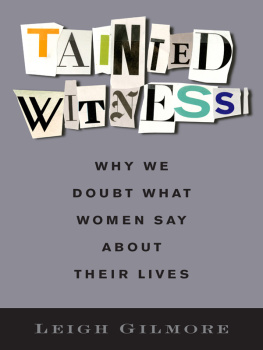
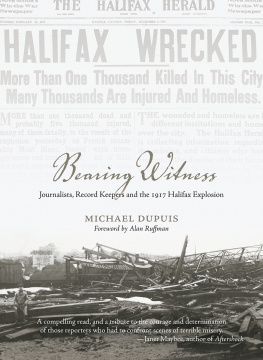
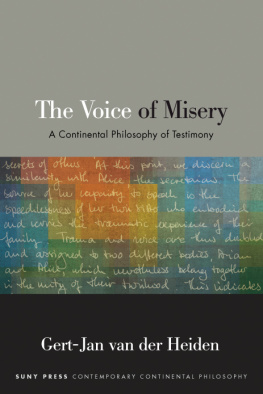

 The paper used in this publication meets the minimum requirements of American National Standard for Information Sciences Permanence of Paper for Printed Library Materials, ANSI/NISO Z39.481992.
The paper used in this publication meets the minimum requirements of American National Standard for Information Sciences Permanence of Paper for Printed Library Materials, ANSI/NISO Z39.481992.